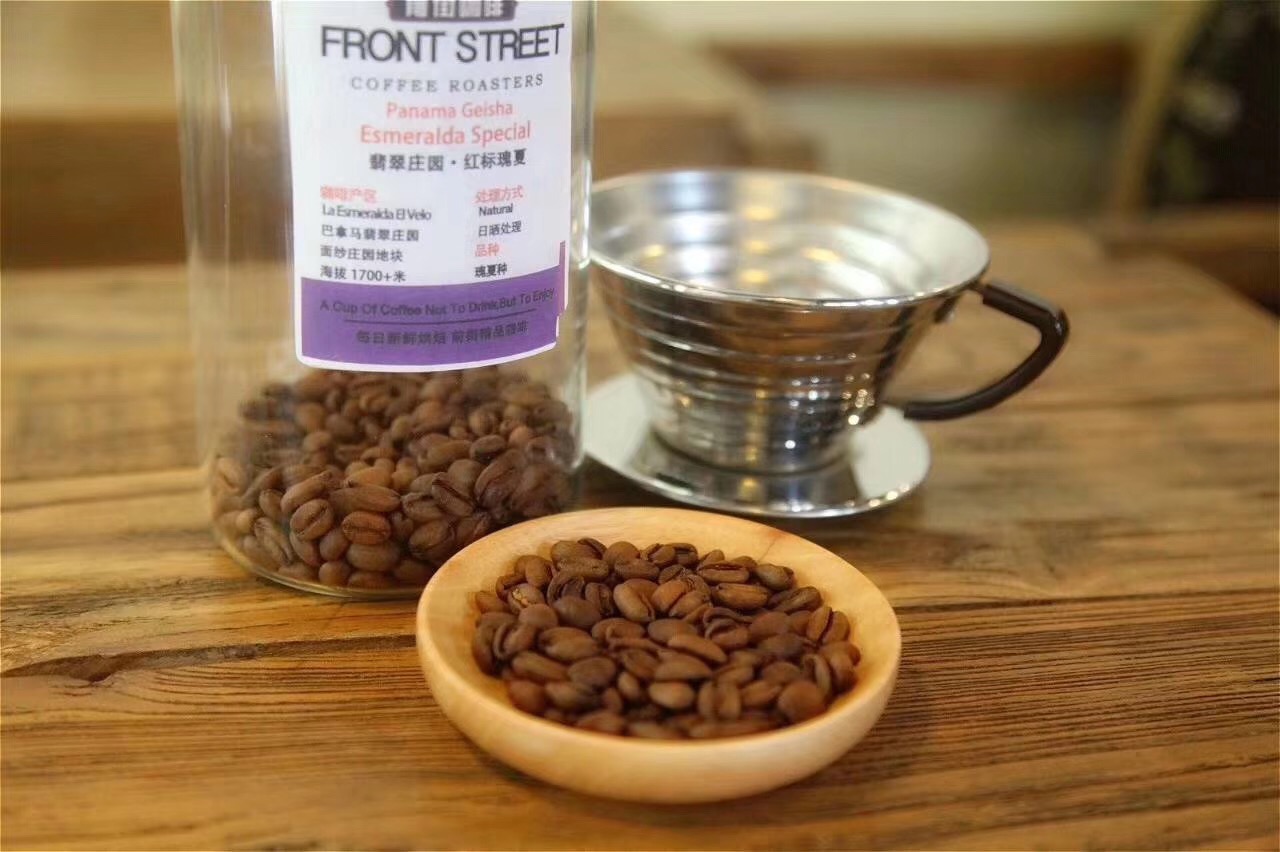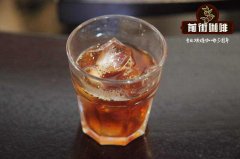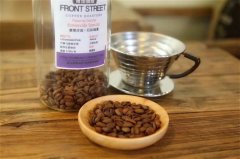Java coffee won't boil _ how to make Java coffee

Professional coffee knowledge exchange more coffee bean information please follow the coffee workshop (Wechat official account cafe_style)
Java coffee was brought to Indonesia by the Dutch in about 1696 and has been cultivated for more than 300 years.
85% of Java coffee is produced in complex volcanoes near Ijen in the east of Java. The range of heights suitable for coffee production is 3000 to 6000 feet, while Java Arabica coffee is concentrated on the Ijen plateau, at the eastern end of Java, at a height of more than 1,400 meters.
In the late 1880s, a rust spot spread like a plague in the Sukabumi area, destroying most coffee plantations. At that time, the Dutch replaced Arabica with Liberica (Liberika, a tough, but not very tasty coffee), and then changed to Robusta (Robesda), which was highly productive and could be cultivated at low and middle elevations with strong disease resistance, until the Java authorities successfully restored the Arabica tree species. At this time, the center of gravity of Java coffee was slowly transplanted from eastern Java to the present central region. Compared to the total number of Robusta, the Arabica in Java is only a small amount. The five major producing areas are Blawan (also spelled Belawan or Blauan), Jampit (or Djampit), Pancoer (or Pancur), Kayumas and Tugosari, covering an area of more than 4000 square meters.
Java coffee is all wet-treated. Java coffee is a special coffee, it has the rich and concentrated characteristics of Asian coffee, but it does not have the common earthy smell and damp musty smell of Sumatra, Sulawesi and Bali coffee. The acidity is delicate, with natural aromas of herbs and spices, with a hint of sorghum, sweet grain and syrup, and a hint of tobacco, sometimes with subtle herbal notes in the aftertaste.
Drinking Java coffee can best experience the artistic conception of bitterness. All coffee can feel bitter only in the first few mouthfuls, and will no longer feel bitter after the mouth has adapted to that slight bitterness. Java coffee is sweet with bitterness, and every mouthful of bitterness is clear, and the return sweet is deeper and stronger than any coffee. However, Java coffee is also unstable because of the drying part and storage conditions in the process of raw bean processing, so not all Java coffee beans can have the flavor performance described above.
The only recognized perfect blend bean in the world is made of Java coffee mixed with the best Yemeni mocha coffee. Long before Java was infected with the rust spot, Java beans, with its unique flavor and Yemeni mocha coffee, was praised as the perfect combination of the most complete and fast matching flavor, red wine-like aroma, brewing-like mellow, fine fruit acid, with fructose-like fruit aroma, and pure throat rhyme, is an unforgettable memory for all who have drunk it. Although after a devastating disaster, the taste of Mocha Java is not as impressive as before, as long as it comes to blended coffee, the world all recommend the matching of Mocha Java, which proves the extent to which they are cherished!
A small number of aged coffee beans are made in Java. First, the raw beans are exposed to warm, moist air during the rainy season, and then stored for 2-3 years to age them. The color of the raw beans will change from green to light brown, and the taste will increase the concentration and consistency when the acidity is lost. These old coffees are called Old Government, Old Brown or Old Java.
Java is also a source of kopi luwak (Nuwak commonly known as civet coffee) and is the most expensive coffee in the world. Through the feeding of civets (also known as civet cats) and the baptism of gastrointestinal juices, the super coffee is unparalleled in the world. because of its rare production and special production process, it has become the most expensive and special coffee in the world.
Java coffee beans
Utensils: siphon coffee group, mini gas stove, bean grinder, wet rag, snow shake cup, ounce cup.
Coffee cup: tall glass coffee cup (350cc).
1. The coffee is extracted by siphon coffee maker group and "siphon coffee usage method".
2. Place chocolate chips or chocolate colorful rice at the bottom of the tall glass coffee cup.
3. Pour in chocolate sauce 20cc.
4. Put ice in a tall glass coffee cup.
5. Pour the coffee liquid into the tall glass coffee cup.
6. Squeeze in the right amount of whipped cream.
7. Sprinkle with chocolate and decorate with colorful rice.
8. Decorate the whipped cream with chocolate sauce.
9. The production of Java iced coffee is complete.
END
Important Notice :
前街咖啡 FrontStreet Coffee has moved to new addredd:
FrontStreet Coffee Address: 315,Donghua East Road,GuangZhou
Tel:020 38364473
- Prev

Which variety of Hawaiian Kona coffee beans is Arabica beans? what are the taste and flavor characteristics?
For more information about coffee beans, please follow the coffee workshop (Wechat official account cafe_style) Hawaii, a beautiful tropical Pacific island, which also produces the famous Kona coffee in addition to its beautiful scenery. Kona is also named after origin, only on the southwest coast of Hawaii, 20 miles long and 2 miles wide, 150m to 750m above sea level, covering Hu
- Next

Introduction to the origin of coffee in Colombia, coffee varieties, three major producing areas and harvest season
Professional coffee knowledge exchange more coffee bean information please pay attention to the coffee workshop (Wechat official account cafe_style) Origin Colombia is the world's third largest coffee exporter, mainly produces Arabica coffee, is also the largest exporter of Arabica beans. In 1808, a priest introduced coffee to Colombia for the first time from the French Antilles via Venezuela. Today the country is a successor.
Related
- Does Rose Summer choose Blue, Green or Red? Detailed explanation of Rose Summer Coffee plots and Classification in Panamanian Jade Manor
- What is the difference between the origin, producing area, processing plant, cooperative and manor of coffee beans?
- How fine does the espresso powder fit? how to grind the espresso?
- Sca coffee roasting degree color card coffee roasting degree 8 roasting color values what do you mean?
- The practice of lattes: how to make lattes at home
- Introduction to Indonesian Fine Coffee beans-- Java Coffee producing area of Indonesian Arabica Coffee
- How much will the flavor of light and medium roasted rose summer be expressed? What baking level is rose summer suitable for?
- Introduction to the characteristics of washing, sun-drying or wet-planing coffee commonly used in Mantenin, Indonesia
- Price characteristics of Arabica Coffee Bean Starbucks introduction to Manning Coffee Bean Taste producing area Variety Manor
- What is the authentic Yega flavor? What are the flavor characteristics of the really excellent Yejasuffi coffee beans?

